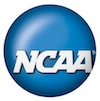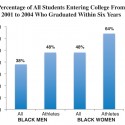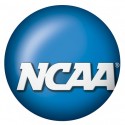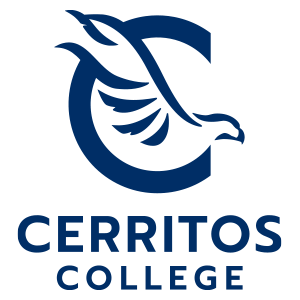Tag: NCAA
Travis Hunter and The Move Toward Black Power
Bakari Lumumba examines a top football prospect's "flip" from a major NCAA football program to an HBCU, its historical antecedents and how it may be a catalyst for future empowerment.
Explaining the Lack of Black Head Coaches in College Football
While there might be some merit to the theory of systematic racism in NCAA head coaching hires, other factors also come into play and have a major impact on why there are not more Black head coaches in college football.
HBCUs Are Given a Large Share of NCAA Postseason Bans
The National Collegiate Athletic Association recently banned 36 college sports teams from postseason play during the 2014-15 academic year because of poor performance on the association's academic progress rate (APR). Fifteen of these teams are at HBCUs.
HBCUs Come to the Big Apple
The Seventh Annual Big Apple Classic took place in New York City, pitting Virginia Union University against Virginia State University and Howard University against Delaware State University.
The Persisting Racial Gap in College Student Graduation Rates
In 2013 the graduation rate for Black students at the nation's largest universities that participate in the National Collegiate Athletic Association's Division I is 44 percent. This is 22 percentage points below the rate for Whites.
HBCUs Hit Hard by NCAA Sanctions
Eighteen teams were penalized for the poor academic performance of their student athletes by being declared ineligible for postseason competition in the 2013-14 academic year. Of these 18 teams, 15 were teams at historically Black colleges and universities.
The First African American Woman to Lead the CIAA
Jacqie Carpenter, a former executive at the National Collegiate Athletic Association, will lead the nation's oldest athletic conference for historically Black colleges and universities.
Dispelling the Myth of the “Dumb Black Jock” in College Athletics
It is likely that the financial aid provided by an athletic scholarship is a critical factor in enabling many black student athletes to stay in school.
The Racial Gap in College Student Graduation Rates
For black students who matriculated in the fall of 2004, only 43 percent earned their degree within six years.

















